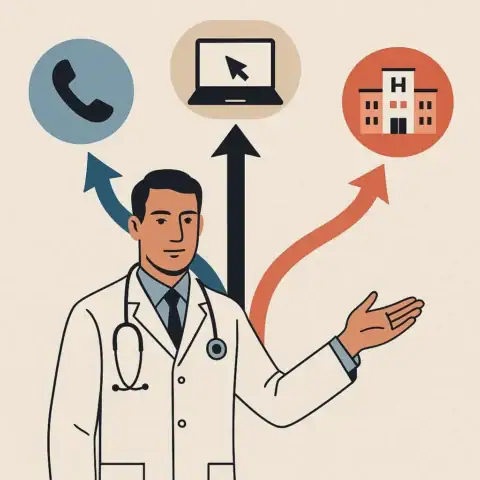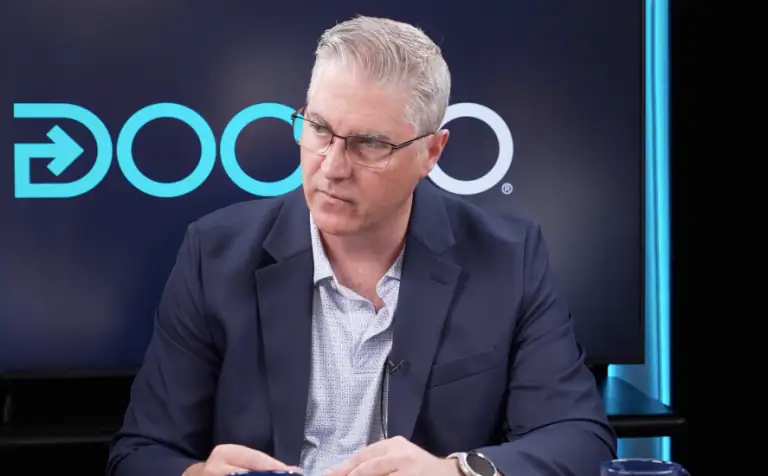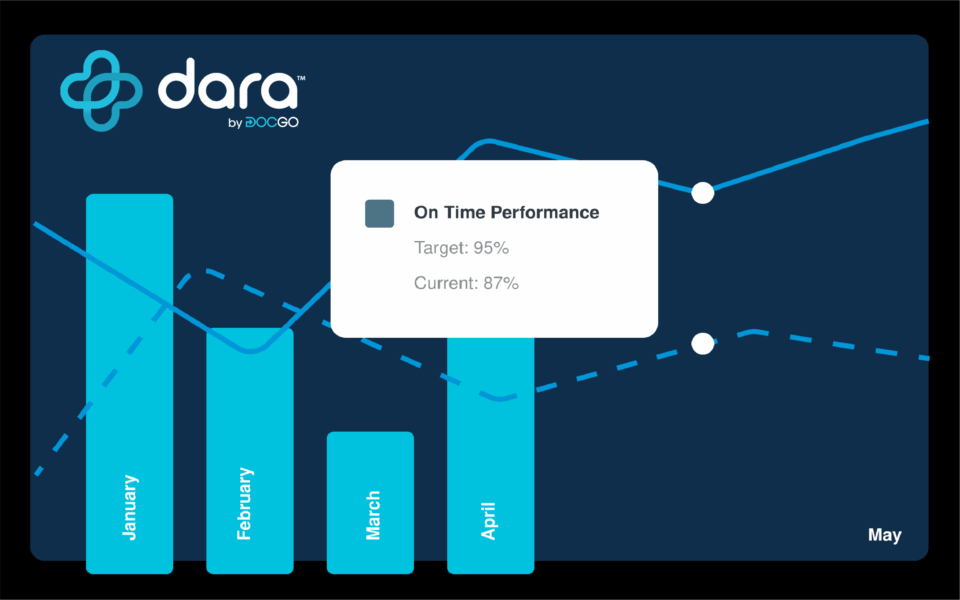Doctor Ben Bobrow serves as an advisor and inaugural chairman of the DocGo Medical Advisory Board. A Professor of Emergency Medicine at UTHealth Houston, Dr. Bobrow leads innovative, large-scale health initiatives. His research focuses on finding new and better treatments for patients with cardiac emergencies, acute stroke, traumatic brain injury, and other major public health problems.
For the past several years, an overcrowding crisis has been hitting emergency departments (EDs) across the U.S., severely hampering their ability to deliver timely, quality care, and often life-saving care.
Expanding access to primary care has the potential to help many patients and ease the burden on overstretched EDs providing basic and high-acuity care, but for health systems with brick-and-mortar facilities, that’s long been a challenge.
DocGo sat down with Dr. Ben Bobrow, to discuss how newer and more flexible healthcare delivery models, like mobile and virtual healthcare, offer a path forward.
When the ED Becomes the Only Option
For years, EDs have declined in number while demand for their services has surged.
The resulting overcrowding sends shockwaves through the healthcare system: prolonged patient wait times, extended patient stays inside crowded EDs, lower quality care due to overburdened EDs, higher morbidity rates, soaring medical costs, and often an intense overall strain on the providers who are providing care to patients.
While it is a multi-factorial problem, a leading cause of ED overcrowding is a barrier to access. When patients lack primary care, they are forced to rely on the ED for basic medical needs — from managing chronic conditions to treating minor injuries and illnesses.
Dr. Bobrow has seen this challenge grow more severe over the past several years, particularly since the COVID-19 pandemic.
“Access to healthcare for many people is the local emergency department,” he explained. “Every community should have reliable primary care providers to monitor, support, and help keep them well.”
Why Chronic Illness and Poor Transitions Fuel ED Overcrowding
Dr. Bobrow points to two key factors driving patients into emergency departments: suboptimal chronic disease management and inadequate transitions of care.
Chronic illnesses make up nearly 60% of hospitalizations in the U.S. Often, these hospitalizations come from patients “crashing” into the EDs with severe complications, such as acute decompensated pulmonary edema, uncontrolled hypertension, and fluid overload from untreated renal failure.
These complications can often be proactively mitigated — as can the onset of chronic illness itself. Through regular screenings, frequent monitoring and check-ins with primary care providers, and better patient and family education, the incidence of patients presenting with decompensated chronic diseases can be sharply reduced.
“Our healthcare system doesn’t do a good job of caring for many individuals who have chronic illness,” Dr. Bobrow shared. “The system often focuses on high acuity, life-saving aspects of care, akin to saving someone who is drowning in a river. We need to do this but also need to look upstream and prevent patients from falling in the river in the first place.”
Suboptimal transitions of care, such as when patients are discharged from the hospital after an acute illness, is another contributor to ED overcrowding.
When patients leave the hospital, they need a well thought out and orchestrated treatment plan to manage their health as outpatients. Too often, patients do not receive this support and end up back in the hospital for further care. This issue could also be addressed with better primary care access. PCPs can support patients’ transition to at-home care with regular check-ins and medication management.
“Medical touchpoints with patients can’t only be episodic,” Dr. Bobrow said. “Patients and their families need regular engagement — sustainable treatment plans to keep them healthy and out of the hospital.
From Hospital to Home: DocGo’s Answer to the Access Crisis
Brick-and-mortar facilities are essential to U.S. healthcare, but they can’t plug all the access gaps straining patients and providers today.
Alternative care models — flexible, distributed, and cost-efficient — can be part of the solution.
Dr. Bobrow, the chairman of DocGo’s Medical Advisory Board, was drawn to the company because of its focus on addressing key challenges in emergency medicine and the overall healthcare system.
DocGo facilitates services including mobile medical units, virtual care, and remote patient monitoring, all deployed in areas where the ED has become the default for primary care.
These mobile and virtual medical services can help provide a lifeline for the country’s overburdened medical system, giving patients more regular access to providers. These clinicians don’t just manage acute and chronic conditions; they also anticipate health needs through proactive screenings, frequent patient monitoring and education.
“Chronic disease and transitional care are key focus areas for DocGo. By bringing primary care directly to patients, they’re keeping people healthier and out of the hospital,” Dr. Bobrow shared.
In 2023 alone, DocGo programs and affiliated clinical practice groups prevented an estimated 54,000 unnecessary ED visits. As these efforts expand, reducing the chronic overcrowding in U.S. EDs and hospitals could be within reach.








